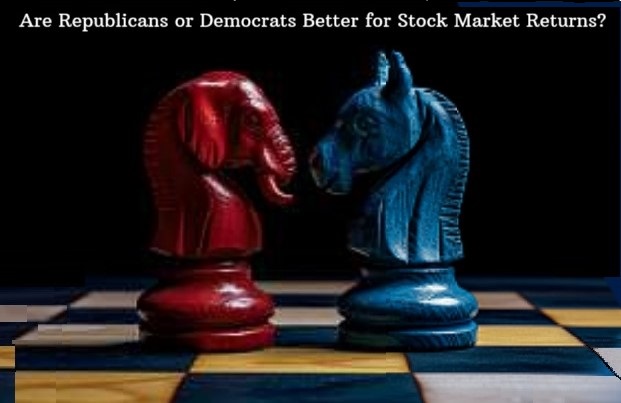The eyes of the nation are focused on November 5th, 2024, as
another Presidential Election draws near. Between now and election day, you are
likely to encounter dozens of opinions and predictions about the outcome of the
election and its impact on the economy, financial markets, and other important
matters. This naturally leads many investors to question whether presidential
elections influence investment returns and whether one candidate’s election
victory would be better or worse for investment markets.
It stands to reason that the economic policies and priorities
of a presidential administration should have some impact on economic conditions
and investment market returns. But election outcomes are only one of many
inputs that impact market performance.
Some Historical Perspective
For some historical perspective on the question, we can
review data collected on investment returns during past presidential administrations’
terms. Looking at returns earned by the S&P 500 index since its current
configuration was introduced on March 4, 1957, we can gather thirteen data
points from the Dwight Eisenhower administration through most of Joe Biden’s
presidential term (through 8/13/2024).
The median compound annual growth rate (CAGR) for Democrat
presidents during the 3/4/57 to 8/13/24 timeframe is 8.5%. The median compound
annual growth rate for Republican presidents during that same timeframe is
10.2%. You will recall from your study of statistics that the median is the
middle value in a range of numbers ranked in ascending or descending order.
During that same timeframe the mean, or average, CAGR for
Democrat presidents is 9.6%, while Republican presidents fared worse with a
6.2% CAGR.
The best Democratic presidential term was Bill Clinton, with
a 15.2% CAGR. The best Republican presidential term was under Donald Trump,
with a 14.1% CAGR. The worst presidential term was under Republican George W.
Bush, with a -6.2% CAGR.
From the data presented we can observe statistical evidence that supports the case for both Republican and Democrat president’s positively influencing stock market returns. What statisticians will tell us is that there aren’t enough data points or observations from which we can draw any statistically relevant conclusions, however.
Beyond the Numbers and Concluding Thoughts
Although we understand that there isn’t enough evidence to show whether Democrat or Republican presidents are better for stock market
returns, we can take a step back and rationally think about markets and investors and how they function.Individual investors and institutional investors invest in publicly traded companies, not in political parties or politicians. Companies,
in turn, focus on serving and meeting the unmet needs of their customers. Companies also focus on growing, and maintaining and improving profitability regardless of which political party controls the White House, or Congress for that matter. Companies adapt to the economic circumstances and realities they face, some of which are influenced by presidential agendas, while some are not.
Investment markets function as aggregators of information on a daily basis. Billions of dollars in trades exchange hands among every single
day. We also know from experience that the collective wisdom of millions of investors reacting to new events each and every minute of every trading session makes it extremely difficult for any single investor to outguess market movements and prices on a reliable basis.
While it is often tempting to sit on the sidelines during anticipated periods of volatility leading up to Election Day, this strategy often leads to poor investment outcomes as investment markets can move swiftly. It is far better for investors to follow the investment strategy that is an integral part of their financial plan to help them achieve all their specific goals. As we have shown from the little data we have, the stock market doesn’t care who is elected as President, only that you are invested in the market.


